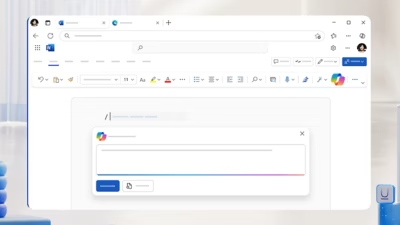A good presentation can inform, persuade, and inspire—while a bad one can put your audience to sleep. Whether you’re pitching an idea, training colleagues, or presenting in class, your PowerPoint slides should enhance your message—not distract from it.
Here’s a practical, step-by-step guide to creating a PowerPoint presentation that truly captivates.
1. Start with a clear structure
Before you open PowerPoint, outline your message. Think in terms of beginning, middle, and end.
Basic structure:
- Title Slide – Your topic and name
- Introduction – What will you talk about and why it matters
- Main Content – 3–5 key points with supporting slides
- Summary – Recap the key ideas
- Call to Action or Q&A
Avoid cramming everything into one presentation—stay focused on your goal.
2. Choose a clean and professional design
Start with a well-designed template that matches your topic and audience. Use:
- Consistent fonts (sans-serif like Segoe UI or Calibri)
- A limited color palette (2–3 complementary colors)
- Simple layouts with plenty of white space
Avoid overused themes or overly decorative fonts. Less is more.
Tip: Use PowerPoint’s Designer tool for layout suggestions.
3. Use images, not paragraphs
Slides are visual aids—not reading material. Use:
- Photos that support your message
- Icons and diagrams to simplify complex ideas
- Charts or infographics to show data clearly
Replace large blocks of text with:
- Bullet points
- Key quotes
- Visual metaphors
Tip: Follow the 6×6 rule—no more than 6 bullet points per slide, and no more than 6 words per point.
4. Animate with purpose
Animations and transitions can make your presentation dynamic—but only if used wisely.
Good uses:
- Fade in bullet points as you speak
- Highlight a key statistic
- Emphasize a transition
Avoid:
- Over-the-top effects like spinning, bouncing, or flying text
- Animating every element on every slide
Use “Appear” or “Fade” for most cases. Keep it smooth and subtle.
5. Engage with storytelling
People remember stories more than facts. Use narrative techniques:
- Present a problem and solution
- Use real-world examples
- Share a personal experience or case study
Make your audience care about what you’re saying—not just what’s on the slides.
6. Practice your delivery with the slides
Great slides need great speaking. Once your deck is ready:
- Rehearse out loud
- Use Presenter View to keep notes and track time
- Make sure your content fits your time slot
Also, check:
- Font size is readable even from the back of the room
- Colors are visible on different screens or projectors
- All embedded media (videos, sounds) work properly
7. Use summary and call to action slides
At the end, give your audience a clear takeaway:
- Summarize your key points
- Ask a question or make a call to action
- Invite discussion or feedback
If relevant, include a thank-you slide with your contact details or next steps.
Final tips
- Save your presentation in multiple formats (e.g., .pptx, PDF)
- Have a backup copy on a USB or cloud storage
- Bring an adapter if you’re presenting from your own device
- Keep version numbers (v1, v2…) in file names for easier updates



